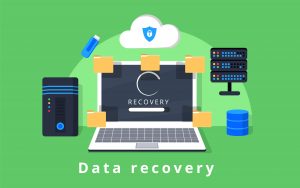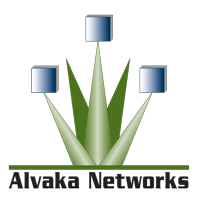What is Air Gapping?
Air gapped backups are part of a cyber-defense strategy in which a network’s backups are not accessible by LAN or WIFI, keeping them isolated from the network. In order to retrieve air gapped backups, an individual must physically access them. As a result of this remote-access barrier, air gapped backups are nearly impossible for cybercriminals to access, making it a brilliant way to keep the crucial infrastructure secure. Additionally, air gapping is a relatively inexpensive cyber-defense strategy to implement. However, human error can happen, therefore it’s important to keep in mind that it doesn’t offer complete invulnerability. Nonetheless, air gapping should always be used as an added layer of protection to already existing backup, recovery, and disaster recovery strategies.
Why is it important?
Air gapping is an important cyber defensive strategy because of the measure of security it offers. Firstly, air gapping provides security to essential networks and systems such as commercial, industrial, retail, cloud, medical/healthcare, nuclear power plants, aviation systems, financial, government, and military computer systems and others. Secondly, it’s evolving. Most cloud data backups do not fit the criteria for air gapping, but properly configured according to strict rules it is very secure, fast, convenient and effective.
How DRworx Solution meets the criteria for air gapping
 Alvaka Network’s DRworx solution utilizes the cloud to ensure the safety of your network and system backups. Your data is inaccessible even with some of the highest admin credentials, creating a barrier between the backup and unwanted threat actors. Only when access is necessary, a temporary network connection must first be approved in order to restore or upload to the backups. This approach provides the optimal ratio of accessibility and security, unlike traditional cloud or physically isolated backups. Additionally, physical backups can be stolen or damaged by mismanagement. In the event of an unfortunate breach of your main network, your backups are secured by a virtual ‘air gap’ that is isolated from your network.
Alvaka Network’s DRworx solution utilizes the cloud to ensure the safety of your network and system backups. Your data is inaccessible even with some of the highest admin credentials, creating a barrier between the backup and unwanted threat actors. Only when access is necessary, a temporary network connection must first be approved in order to restore or upload to the backups. This approach provides the optimal ratio of accessibility and security, unlike traditional cloud or physically isolated backups. Additionally, physical backups can be stolen or damaged by mismanagement. In the event of an unfortunate breach of your main network, your backups are secured by a virtual ‘air gap’ that is isolated from your network.

